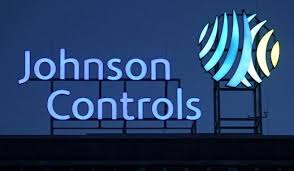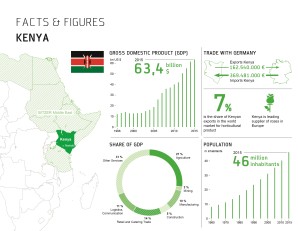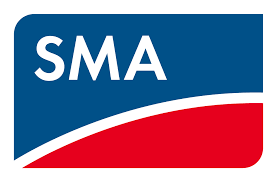Johnson Controls reaffirms emissions commitment
USA – Johnson Controls were one of the many industry leaders invited to participate in a White House roundtable discussion on actions aimed at phasing down the use of high global warming potential (GWP) refrigerants. Johnson Controls availed of the discussions to reaffirm last year’s commitment to invest $50 million over a three-year period towards developing and expanding its existing low-GWP product portfolio.
Since making the initial commitment last year, the company has thus far invested $15 million in research and development (R&D) of low-GWP refrigerants and component technology for scroll, screw and centrifugal compressor-based products.
The company claimed that their product innovations have reduced refrigerant charge in equipment by nearly 30 % over the past decade, while efficiency has been improved by over 40 %, which has subsequently had a major impact on reducing greenhouse gas emissions. The company’s R&D department have also made efforts to reduce the potential for leaks, in addition to improving maintenance practices and service training.
“A building’s heating and cooling systems account for approximately 40 percent of its yearly CO2 emissions. We can make an impact by improving the energy efficiency of the system to reduce power consumption as well as increasing the use of low-GWP refrigerants,” commented the vice president of global chiller solutions for Johnson Controls’ buildings business, Laura Wand. “Today’s commitment reaffirms our efforts to reduce greenhouse gas emissions through a comprehensive approach providing safe, economical and available options for our customers.”
Johnson Controls announced at the meeting that over the next 12 months, in addition to the investment disclosed at the Council on Environmental Quality roundtable meeting last October, the company would take steps to develop high-efficiency, low-GWP refrigerant options in its commercial air-conditioning and industrial refrigeration product portfolio; offer equipment that can be readily retrofitted with low-GWP and also develop aftermarket retrofit services for all customers wishing to convert their existing equipment to low-GWP refrigerants.
The company further announced that it would donate up to $100,000 toward independent, third-party, peer reviewed research to support the development safety standards regarding the use of mildly flammable, low-GWP refrigerants. The company also declared its intention to support and participate in an industry effort to develop and standardize service technician and operator training for the safe use of the aforementioned refrigerants.
Wand concluded the announcement by saying “In the end, we want to choose refrigerants for our products that will best fit the needs of our customers and the environment, based on safety and efficiency, as well as reliability, availability and cost.”














